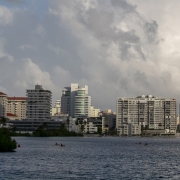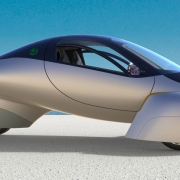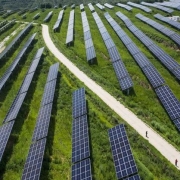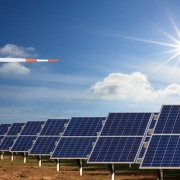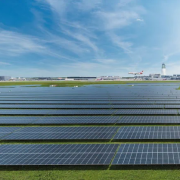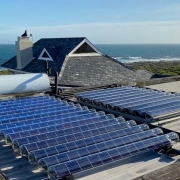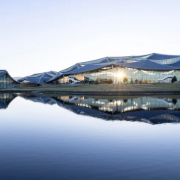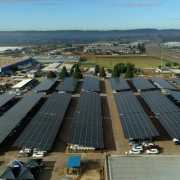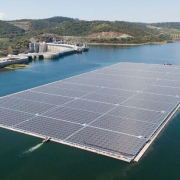Students at University of Illinois Chicago (UIC) recently gained experience with solar technology and EVs by building a charging station for one of the school’s vehicles which is used to deliver food and reduce food waste. The little car even has a name: Gemma, but we’ll get to why that is in a minute.
“To charge Gemma off-grid, we implemented a 300-watt solar panel. The solar panel charges a battery that is used to charge Gemma at night,” Joe Downie, a team member, told UIC Today. “The charge station implements manual solar tracking, and it has 12 settings so that it is angled to be most efficient for each month.”
Click here to read the full article
Source: Clean Technica
—
If you have any questions or thoughts about the topic, feel free to contact us here or leave a comment below.


